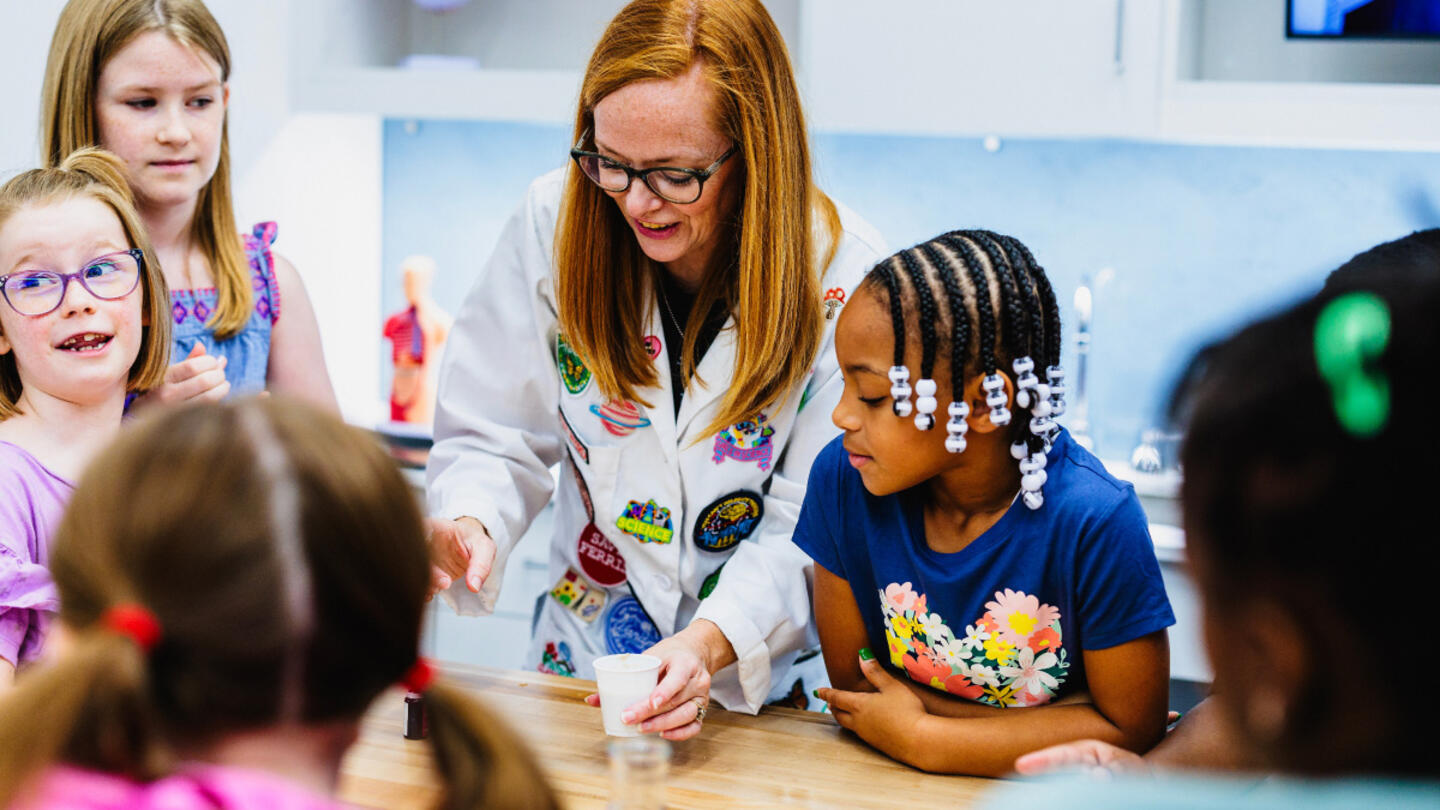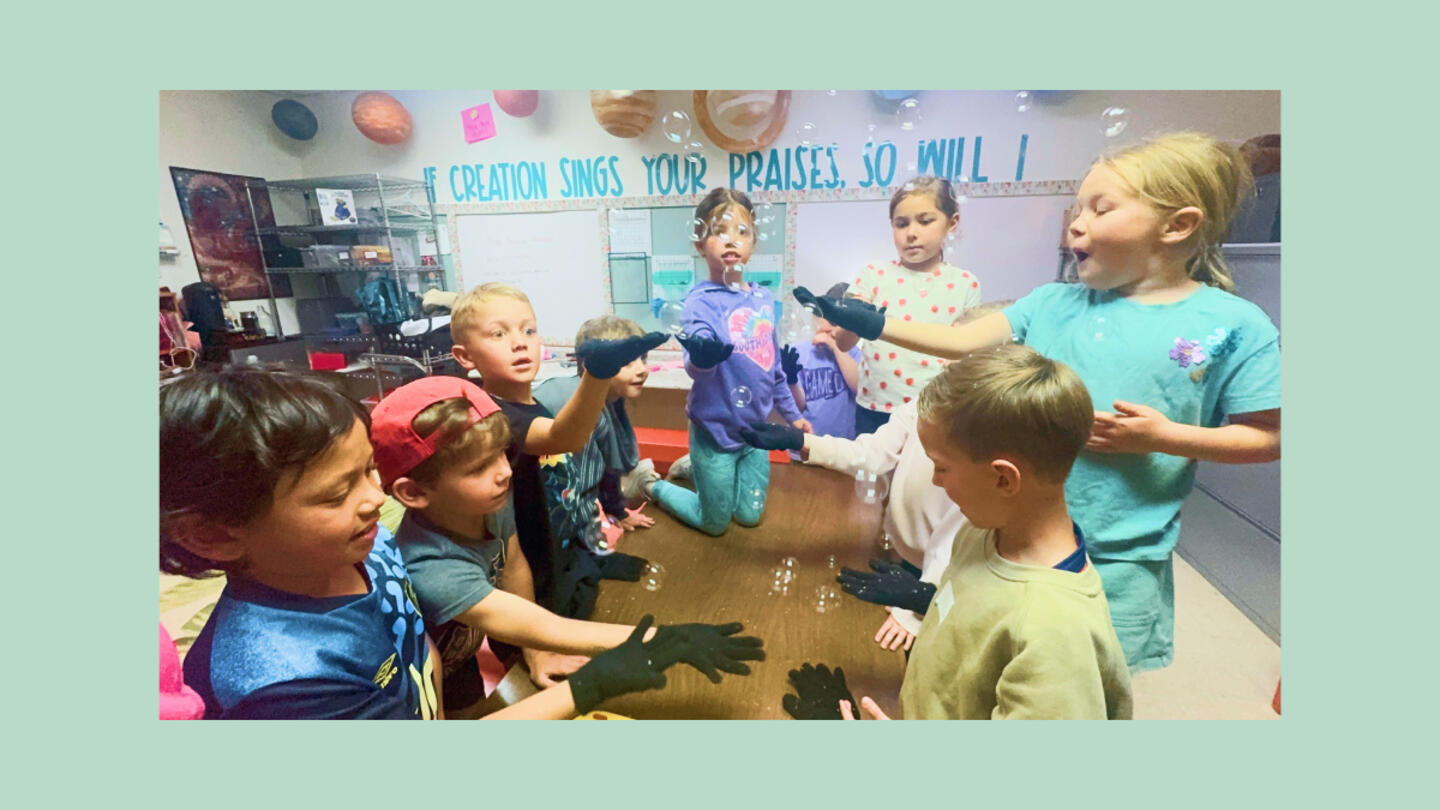When people think of educational outcomes, the focus is usually on the student — not the teacher. However, the relationship between a student and teacher flourishes best in an environment where both are having their needs met.
So, what does professional development for teachers look like right now?
Lifelong learning is essential to being an educator, and professional development for teachers is a key component of this journey. Administrators, families, and students alike can all participate in uplifting educators with the support they need to shine in their classrooms.
When teachers thrive, so do their students. Educators play a vital role in shaping and empowering younger generations to be more driven, empathetic, and mission-minded members of their communities.
The educational landscape is rapidly growing, especially when it comes to individualized education opportunities. From microschools to student-led curriculums to project-based learning, education is no longer just a matter of sitting at a desk, memorizing facts, and taking a test. There are new varieties of learning styles and techniques. Teachers need the resources, tools, and guidance to offer their students these meaningful learning experiences.
There is a right and a “wrong“ way to do professional development, said Kenneth Nelson Jr., a longtime educator. Nelson and his wife, Traciellya Nelson, co-founded E.P.I.C. Academy, a microschool in Mississippi that empowers students to direct their own education.
He explained that, as a teacher, “you want to do something impactful, you want to do something more powerful” than a one-size-fits-all curriculum for your students. However, many professional development programs are themselves one-size-fits-all. They neglect to recognize and elevate the unique traits and strengths every educator can bring to their classroom.
On the flip side, teacher development that embraces flexibility, creativity, and community can unlock a new level of empowerment for educators.
Below, you’ll find our best guidance and resources for helping teachers flourish.
Why is professional development essential?
The Nelsons found a wealth of resources through Empowered, which offers resources, training, and support for K-12 educators. The organization also brings educators together for conferences and community-building. Empowered’s support allowed the Nelsons to explore their strengths as educators — and feel capable enough to start E.P.I.C. Academy.
“It gave us all the resources, all the ideas. I mean, everything,” said Kenneth Nelson. “And I said, ‘What better way to start? You have all of the backing and the resources. What better time to start than now?’”
When educators have access to professional development programs that give them the opportunity to consider and hone a variety of teaching techniques, the results can be transformational for both the teacher and the education system more broadly.
Influence on student outcomes
Teachers have an immediate and direct impact on their students, and when they participate in professional development, they gain tools and strategies to cater to diverse learning needs and styles.
These educators are able to design learning environments that value individuality and creativity — where every student feels empowered to explore and discover their unique strengths and talents. The results include boosted student engagement, genuine love for learning, higher rates of retention and graduation, and improved educational and professional outcomes.
When educators participate in Empowered’s program, their students feel the effects of their renewed skills and confidence — and it shows.
“They’re looking for an opportunity to make an impact,” Kenneth Nelson said, describing his students’ reactions to being taught by educators at E.P.I.C. Academy. “Not only in their own lives but for somebody else in the classroom. They come to me, giving me encouraging words like, ‘Hey, we’re doing a great job. We have so much fun here. We’re learning.’”
Strategies for engaging and effective professional development
When it comes to professional development, there is no one-size-fits-all answer. Key tactics can make all the difference between ineffective and transformational professional development.
Make it specific
Just as K-12 curriculums shouldn’t be one-size-fits-all for students, neither should training curriculums for educators. Broad, nonspecific development programs might not resonate with all teachers, while interest and effectiveness can drop off with adults as well as kids.
On the other hand, targeted, individualized development can home in on each educator’s unique skills and talents. By helping each teacher recognize these, they can be guided and encouraged to use their personal strengths to help students attain their full potential.
Solicit feedback from teachers about the types of training they want and give them a choice of topics or learning methods. This ensures that professional development stays relevant, engaging, and effective.
A professional development plan can be useful for educators in setting individual learning goals and creating roadmaps for achieving them — complete with milestones, focus areas, and timelines. This personalized approach doesn’t just motivate educators along their journeys: It helps them take ownership of their chosen growth path.
Make it ongoing
It may take some time before the effectiveness of professional development becomes apparent, but that's exactly how it should be. True success doesn’t just mean immediate impact. It means longevity.
These curriculums should be designed with sustainability in mind. Providing teachers with resources and surrounding them with a community can ensure that their growth is just beginning. It sets them up to hone their methods and grow their skills throughout their careers, evolving alongside an ever-changing educational landscape.
At Farmhouse Phonics, founder and educator Jessica Ramsay uses her social media page to share innovative teaching resources with local teachers. Her page has become a community for these local educators to interact with and support each other.
“Every classroom teacher is just doing the very best they can,” Ramsay said. “It is so hard to meet every need of every learner within your classroom by yourself. It’s almost impossible. Sometimes, what is best for the kid is being able to work with someone else.”
Embed it into the teaching process
Learning new professional development skills is just the first step. The real test is making sure those skills translate in the classroom.
To achieve this, educators should consider how to integrate their newly gained knowledge into their teaching and daily routine.
This requires ongoing support, feedback, and opportunities for reflection. Administrators and fellow educators can play an important role in checking in, offering encouragement, and providing guidance.
Kenneth Nelson knows this well. While implementing the skills he acquired into his classroom at E.P.I.C. Academy, he leaned heavily on the Empowered community for direction.
“Whenever we had a dull moment in school, whenever we needed a pick-me-up, we dug into the Empowered bag,” he said. Referring to his preparations for the first day of the new school year, he said, “I’m going to dig into my Empowered hat. We’re gonna open up with a bang.”
Sign up for Stand Together's K-12 newsletter and get stories, ideas, and advice from changemakers who are transforming education across the country.
A paradigm shift for professional development
The educational landscape is transforming. Individualized instruction, student-led curriculum, and alternative schooling models are rapidly diversifying and expanding what it can mean to learn — and what “education” looks like.
Professional development is more crucial now than ever before. Teachers have a lot of changes coming their way. With personalized, targeted professional development, they’ll be ready to tackle this new landscape and provide meaningful learning experiences for their students.
“That’s the thing about teachers,” said Ramsay. “Everybody I’ve met just wants what’s best for kids. It takes a giant team of us.”
Professional development shows teachers that they are valued and their growth matters. Investing in teachers is investing in students — and a better future for all of us.
Interested in discovering more about innovative ways to transform American education? Learn more about Stand Together's education efforts and explore ways you can partner with us.

‘We want these boys to know that regardless of where they come from, they still can be excellent.’

This colearning space has the potential to bridge the divide between public and private education.

New Johns Hopkins data shows homeschooling’s recent surge has transformed the education landscape.
Step 1: Find the best learning environment for your child. Step 2? Figure out how to pay for it.
